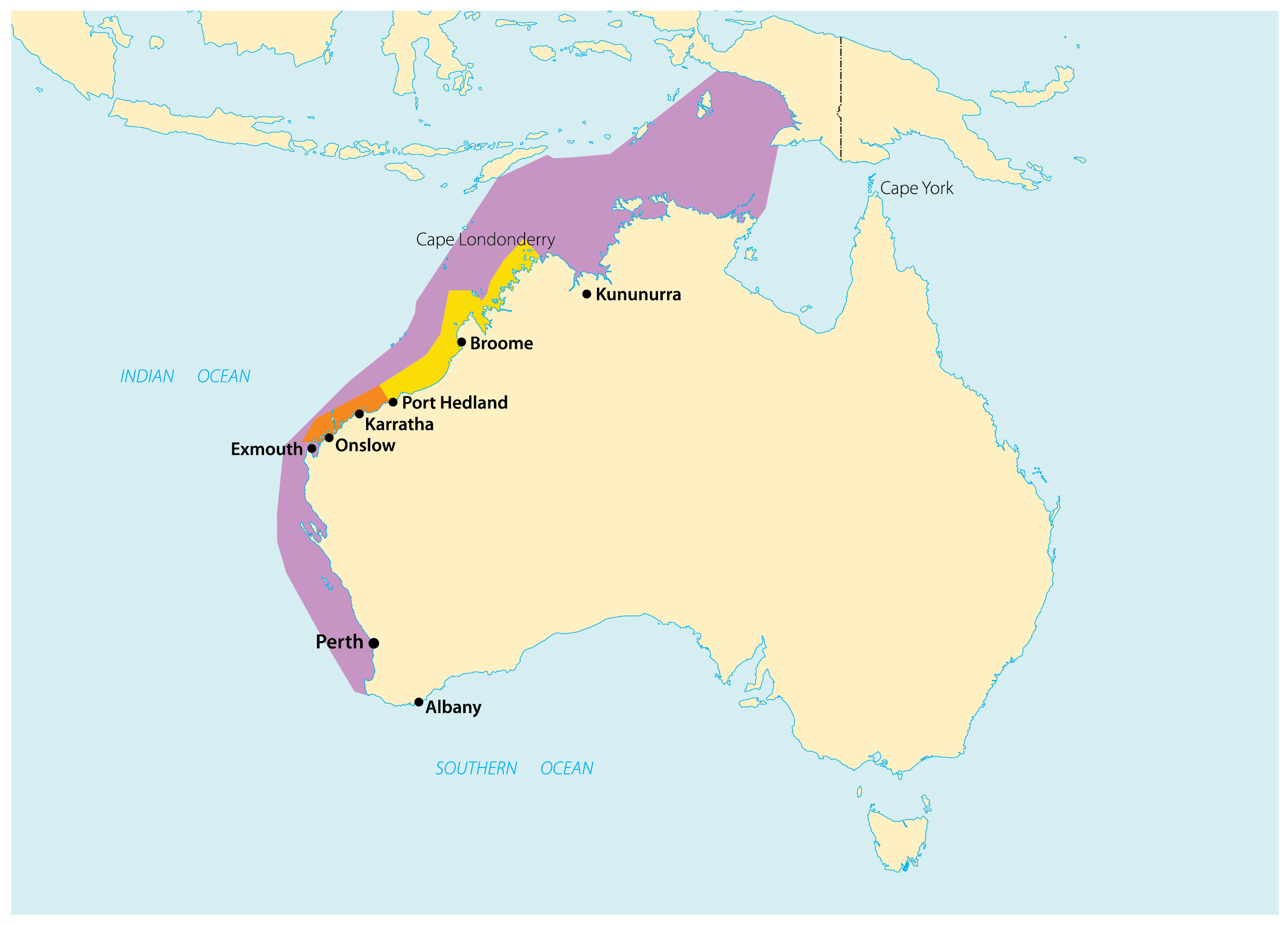The North West Shelf Flatback Turtle Conservation Program (North West Shelf Flatbacks) aims to conserve flatbacks of the North West Shelf Stock. The North West Shelf Flatback Turtle Conservation Program – Strategic Conservation Plan can be accessed below:
The Gorgon Joint Venture participants agreed to fund a North West Shelf Flatback Turtle Conservation Program to increase the protection of the population in areas away from Barrow Island, at a cost of $62.5 million for the life of the Proposal.
The program will be subject to review by the Minister for the Environment 30 years after commencement.
The conservation program commenced in June 2011, with a program of activities defined in the conservation plan.
This is centred on the key objectives defined by the Variation Agreement 2009 to the Barrow Island Act 2003, which are:
- surveying, monitoring and research,
- reducing interference to key breeding and feeding locations, and
- establishing information and education programs.
This Program and the Threatened and Priority Species Translocation and Reintroduction Program were the two additional conservation programs delivered from the Gorgon Gas Project.
The need for a large-scale conservation program
Barrow Island hosts the production facility for Australia’s largest onshore oil field and a natural gas plant.
The island is known as a modern day ‘Noah’s Ark’.
Species of bandicoot and bettong have survived here, despite becoming extinct on the mainland.
Did you know that Barrow Island is also used by thousands of flatback turtles each year?
Approval of the Gorgon Gas Project brought funding to conserve the flatback turtle.
Flatbacks migrate to the island to lay their eggs, this species only nests across Northern Australia, so this rookery is significant for flatbacks in WA, and potentially for global numbers.
North West Shelf Flatbacks aims to see if the Gorgon Project is significantly impacting flatbacks on Barrow and the overall North West Shelf stock.
The enigmatic flatback
Flatback turtles are the least studied of the seven species of marine turtle.
Part of the reason for this is that they nest on remote beaches and forage in murky water.
They are often at depths over 20m, many kilometres from shore.
They share habitat with sharks and salt-water crocodiles.
Flatbacks were recognised as a separate species from green turtles in the 1970’s and they have some unique features.
Flatbacks nest on mainland and island beaches from Exmouth Gulf (WA) to Bundaberg (QLD).
They migrate to offshore feeding grounds as far north as Papua New Guinea.
Flatback foraging grounds are relatively close to shore on the continental shelf. All other turtle species have an oceanic phase to the lifecycle.
Little is known about the diet of flatback turtles, but their foraging habitat (where they go to feed) appears to be soft-bottomed seabeds at 10-100m depths.
They have a unique skin-like carapace that makes them sensitive to touch, and not suited to reef environments.
Learn more about flatbacks.
There are many fundamental questions about flatbacks that this program will address, such as:
- Where are the rookeries and how do they rank against each other?
- Where are the foraging habitats, what do they eat?
- Where do hatchlings disperse, which habitats do they use?
- Where do they mate, what do they do between laying clutches of eggs?
- How quickly do flatback turtles grow, how old are they at maturity?
- How does sand temperature in the nest affect sex ratios and mortality rates of eggs?
Learn more about the research.
Area of study
The scope of this program covers all summer nesting flatback turtles.

Genetic research from this program has already helped define the extent of the North West Shelf flatback stock.
Flatbacks of the North West Shelf stock breed from the Exmouth gulf to Port Hedland (orange).
Flatbacks north of Port Hedland are used as reference stocks to compare with the North West Shelf stock (yellow).
Flatback turtles migrate to foraging grounds as far north as Papua New Guinea, and may follow currents to south of Perth (pink).
Threats to Flatbacks
Flatback turtles are a threatened species.
They are listed as vulnerable, in WA and broadly in Australia – meaning they are vulnerable to extinction.
On the IUCN red list flatbacks are listed as data deficient.
This means we need more detail about their numbers and where they are found.
This program and others around Australia are aiming to clarify this status.
The North West Shelf Flatbacks face many threats and the Program's conservation plan identifies and ranks these threats to prioritise conservation action.
Learn more about threats.
|
Pressure |
Threat |
Priority |
|
OA |
Overarching actions |
High |
|
P1 |
Light impact (on and offshore) on nesting adults and hatchlings |
High |
|
P2 |
Introduced animals predating on eggs and hatchlings |
High |
|
P3 |
Global temperature increase (climate change) |
Medium |
|
P4 |
Modification of beaches (coastal development) |
Medium |
|
P5 |
Sea level rise (climate change) |
Medium |
|
P6 |
Marine debris (entanglement and ingestion) |
Medium |

